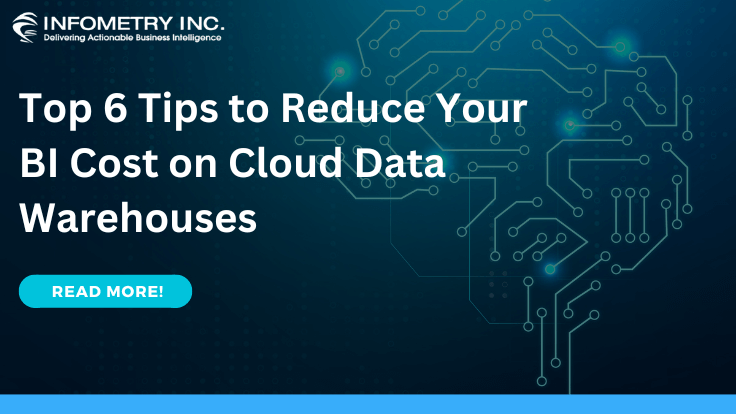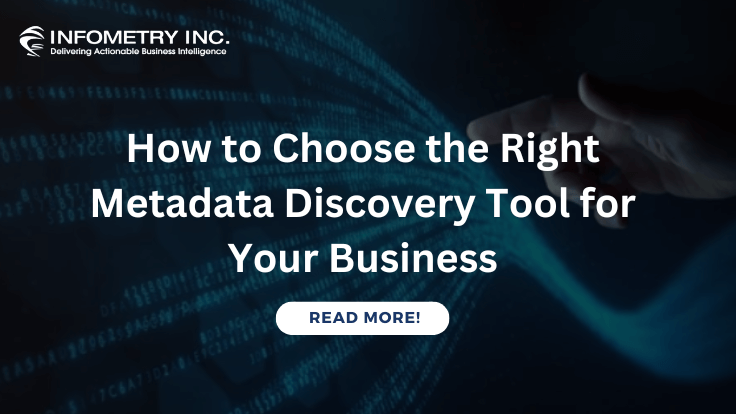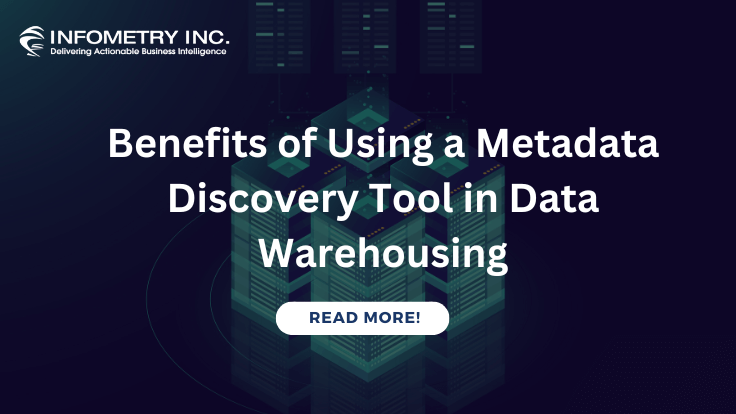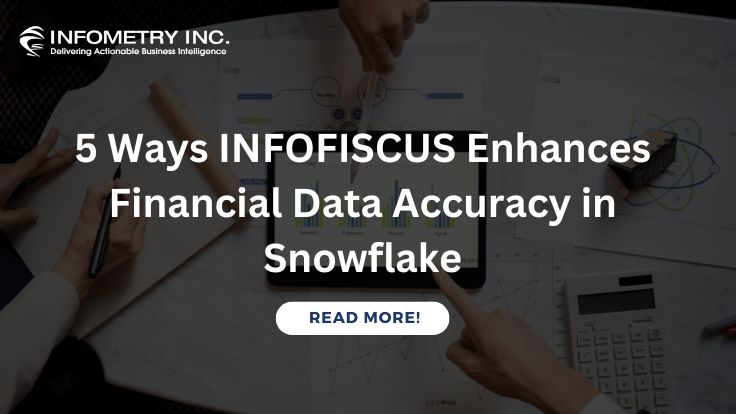
Top 6 Tips to Reduce Your BI Cost on Cloud Data Warehouses
January 23, 2023
How to Ensure a Smart and Strategic Integration with MuleSoft API?
January 31, 2023Picking the right Data Aggregation Tools & Analysis Platforms to Use in 2023 is challenging, as no tools fit each need. By 2023, the data analytics industry will probably reach $103 billion, which makes sense of why organizations overall are putting a more noteworthy accentuation available for data analytics. The more significant number of innovations accessible makes it challenging to build a data aggregation and analysis platform for multiple data streams.
What is Data Aggregation & Analysis?
Data aggregation and analysis is the most common way of collecting and introducing basic information in a summarized format for statistical analysis. The information might be gathered from various data sources with the intent of combining these sources to produce a summary of data for analysis.
Aggregation is the functional part of the more broadly utilized terms data analytics and business intelligence. Analytics and BI are the tasks, and aggregation is the actual interaction or capability. You can’t have analytics or intelligence without aggregation first.
Consequently, there is no market for data aggregation, fundamentally. The requirement for data aggregation is immense: Market Research Future (MRFR) predicts the worldwide data analytics market will reach $132 billion by 2026.
Basic information can be accumulated and collected throughout a given time to provide statistics, like a high and low, an average, total sum and more. After the information is aggregated and written to a view or report, you can dissect the amassed information to acquire knowledge about specific assets or resource groups.
Top 10 Data Aggregation Tools & Analysis Platforms to Use in 2023
Several data aggregation and analysis tools are available depending on your organization’s specific needs. Some popular options include:
Hadoop: An open-source framework that considers the distributed processing of huge data sets through clusters of computers. Hadoop makes it simpler to use all the storage and handling limit in bunch servers and execute appropriate processes against colossal information measures. Hadoop gives the building blocks on which different services and applications can be assembled.
Apache Kafka: A distributed streaming platform dealing with continuous data feeds. Today, Kafka is utilized by more than 80% of the Fortune 100 across, for all intents and purposes, each industry, for innumerable use cases of all shapes and sizes.
Elasticsearch: A web search tool based on the Lucene library that can progressively file and examine vast volumes of information. Elasticsearch permits you to store, search, and analyze tremendous volumes of data rapidly and in near real-time and give back answers in milliseconds. It’s ready to accomplish quick search responses because instead of searching the text directly, it looks for an index.
Tableau: Tableau is a BI, data analytics and infrastructure platform that simplifies data-driven decision-making. It was designed with a reasonable mission, to “help people see and figure out information.” A data visualization tool that permits clients to interface with different information sources and make intelligent representations and dashboards.
Power BI: Microsoft’s BI and data visualization tool lets clients connect with different information sources and make intelligent perceptions and reports. Power BI’s UI is intuitive for users familiar with Excel, and its deep integration with other Microsoft items makes it a flexible self-service tool requiring minimal forthright preparation.
Looker: A business intelligence and data visualization tool that permits clients to make intelligent dashboards and data exploration. It is a powerful and intuitive business intelligence platform; however, it depends on you to enter the correct information in the proper format for it to be helpful. Looker accepts organized information from various sources, including analytic data warehouses such as AWS Redshift.
DataRobot: An automated AI platform for data analysts and data scientists. DataRobot is an AI-based tool for automating, guaranteeing, and speeding up predictive analytics, helping information researchers and experts develop and deploy accurate predictive models in a section of the time needed by other solutions.
Talend: It is an open-source data integration platform. It gives different software and service for data management, data integration, enterprise application integration, data quality, cloud storage and Big Data.
Alteryx: A data blending and advanced analytics platform that permits clients to interface effectively with different information sources and perform complex data analysis. The Alteryx Architect allows clients to rapidly get ready, blend, conform, and analyze information from practically any source, including database connections, flat files, APIs, salesforce.com and much more.
Datadog: A real-time monitoring and analytics platform that lets clients gather, analyze, and visualize large volumes of data from different sources. Datadog allows you to monitor cloud infrastructure, system processes, serverless functions, Windows and Linux hosts, and cloud-based applications. It tends to be utilized to visualize information, explore measurements, manage logs, and perform other tasks.
How to Select the Right Data Aggregation Tool?
This will differ from one enterprise to another; it is expected to rely upon what. As is often the case, one explicit aggregation tool rarely gives an association all necessary elements. A healthcare enterprise’s needs shift from an e-commerce business to a restaurant setup. A few tools might be exceptionally specialized, while others might be easier to understand. Some might work with the cloud, while others may not. Knowing precisely what is needed and how the tool should be utilized in advance will empower an association to make the right decision. Accordingly, assessing necessities cautiously before putting resources into the tool is fundamental.
For instance, a tiny nursing home might have to consolidate only a few data sources for its data warehouse. However, a significant hospital or health insurance company will require a tool that offers forecasting features and powerful predictive modelling.
Spending time with data professionals and understanding the raw data and the results required will help ensure the correct product is used.
The Future of Data Aggregation Tools & Analysis Platforms
Data aggregation and analysis are essential for endeavors today. Data aggregation expands the worth of data by summarizing information from unique, numerous sources. In contrast, automated aggregation tools with the collection and processing can also lay out a review trail by tracking data origins and sources.
Fully automated and holistic aggregation tools will be progressively sent to analyze massive amounts of data. Associations cannot afford to miss out on data aggregation insights and information.




